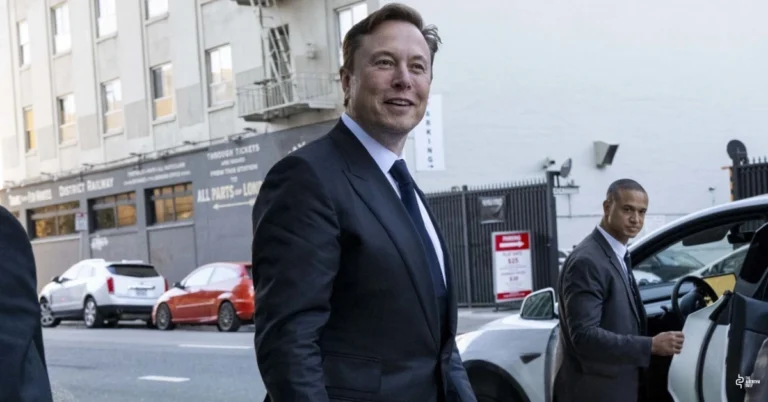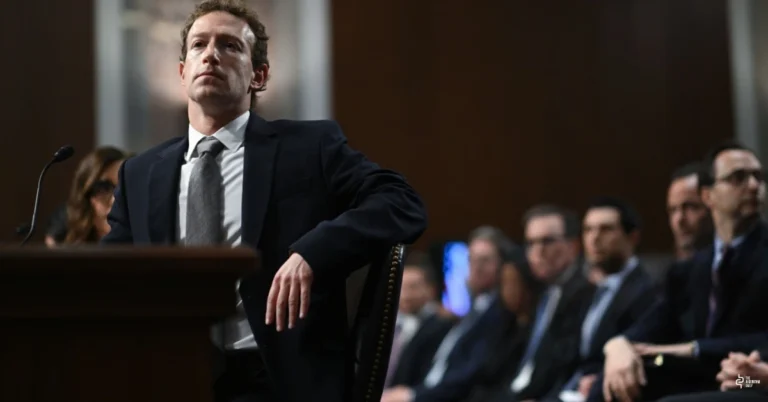The U.S. Department of Government Efficiency, also known as DOGE, is working on an ambitious plan to cut half of the federal government’s regulations using artificial intelligence. According to The Washington Post, a PowerPoint presentation dated 1 July reveals that DOGE has developed a new AI system called the Deregulation Decision Tool. This tool is designed to scan through more than 200,000 federal regulations and identify which ones are outdated or no longer required by law. The goal is to eliminate half of these by the time President Donald Trump completes the first year of his second term.
The AI tool has already started doing its job. It has reportedly been used to review rules at the Department of Housing and Urban Development, and even to write all deregulation actions at the Consumer Financial Protection Bureau. These early results suggest that DOGE is wasting no time in applying AI to reshape how the federal government operates. However, it is not yet clear how much of this plan has been formally approved. A White House spokesperson told The Post that no final decision has been made, but still called the DOGE team some of “the best and brightest” in the field.
DOGE was initially led by Elon Musk in the early months of Trump’s new administration, though his current role is unclear. The team has already built several AI systems, although not all of them have performed perfectly. One tool developed under DOGE reportedly made up fake numbers while analysing contracts at the Department of Veterans Affairs, raising questions about the reliability of such systems in high-stakes government decisions.
Still, the use of AI to manage regulations shows just how much the federal government is leaning into automation. If successful, the Deregulation Decision Tool could become a key part of Trump’s promise to cut government red tape. But experts have warned that blindly removing regulations could have serious consequences, especially if the AI misclassifies important rules related to safety, finance, or the environment.
This experiment in AI-led deregulation highlights both the possibilities and risks of using technology in policymaking. While the tool may help make government more efficient, it also raises concerns about transparency, accuracy, and the potential loss of protections that regulations were meant to ensure in the first place. The weeks ahead will likely reveal how far the administration is willing to trust AI in reshaping how government works.




